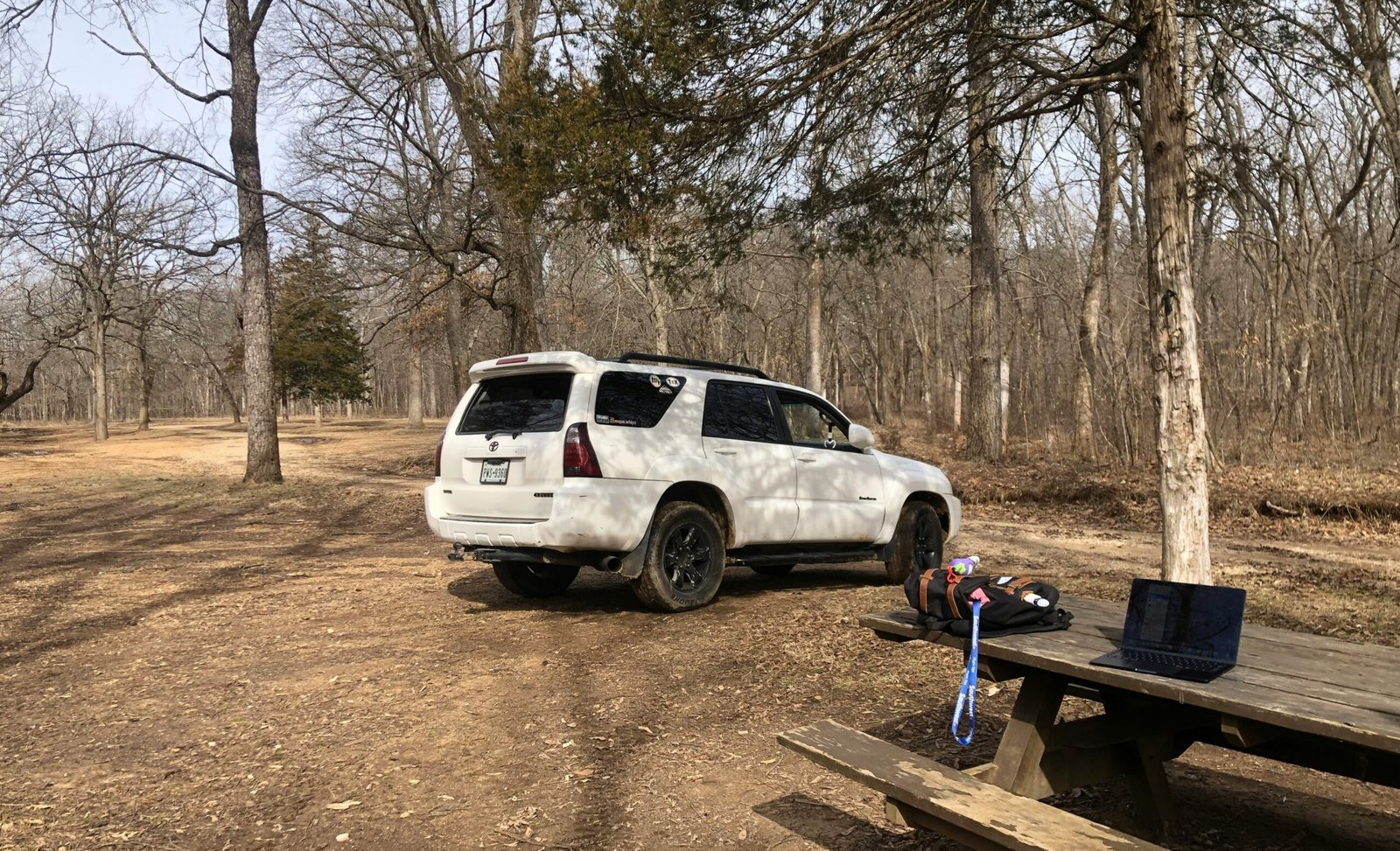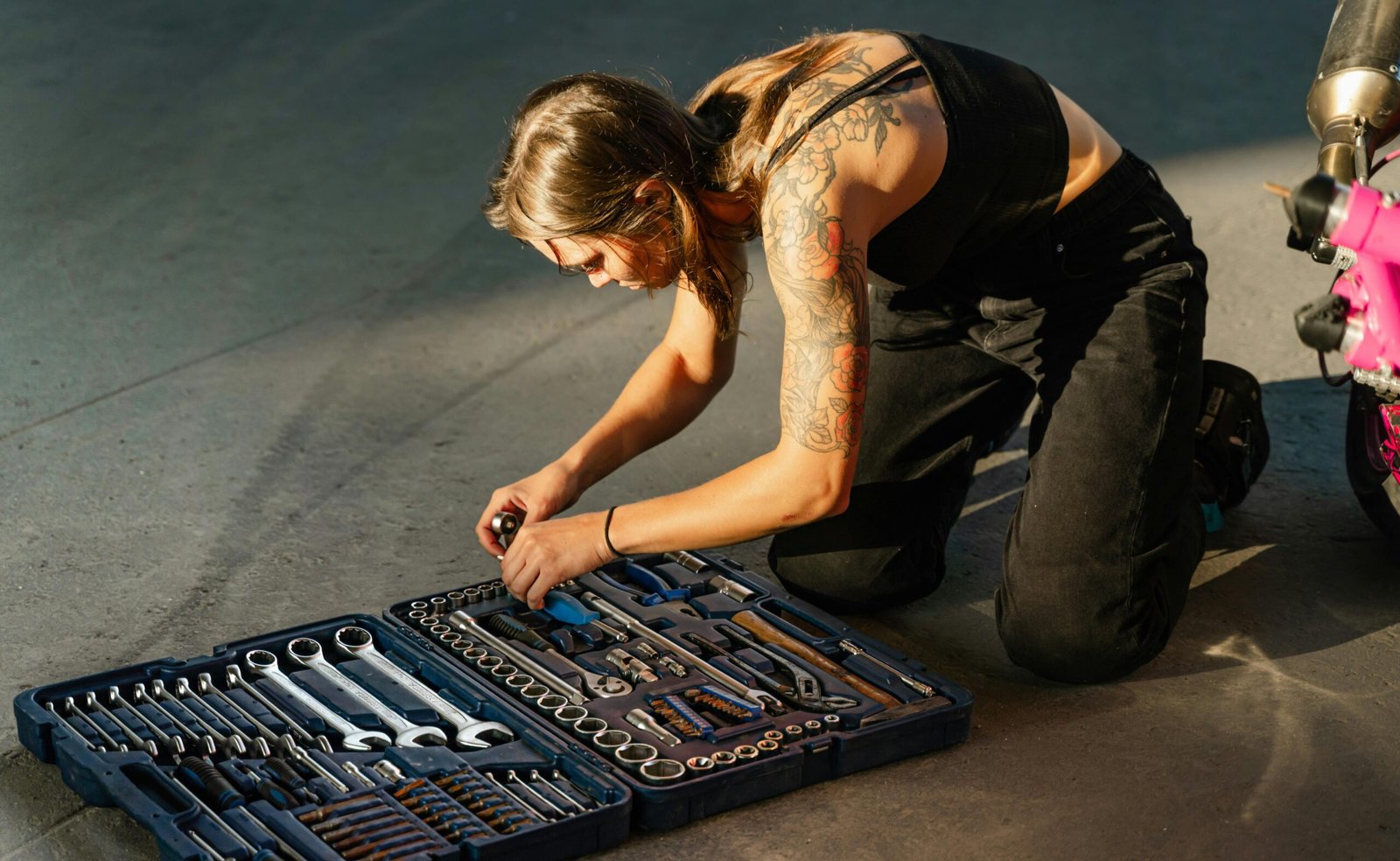Picture this: dawn mist curls across a pine-lined field as the distinct clang of steel meeting steel echoes in the air.
This community is vast, with some estimates suggesting over 200,000 Americans participate in re-enactments every year. A dedicated crew of LARPers, buhurt fighters, and historical reenactors tighten the last straps on their gear, preparing for the day’s melee.
Whether you cross blades in a competitive tournament or quest through immersive fantasy realms, nothing sells the experience like a functional suit of armor.
In this guide, we will walk through every essential component, from the helmet to the sabatons. We'll explain how to achieve a proper fit, maintain your investment, and understand key alternatives to the plate.
Why Plate Armor Still Rules
A Brief Timeline
The image of the knight in shining armor wasn't born overnight. Around 1200 CE, mail hauberks were the dominant form of protection on European battlefields. By 1350, transitional mail-and-plate combinations like the coat of plates offered enhanced defense.
The engineering zenith was reached between 1400 and 1500, when full plate armor became a masterpiece of articulation and protection, only fading as firearms advanced.
The Physics of Protection
The genius of plate armor lies in its geometry. A curved steel plate effectively distributes the force of an impact across a much larger surface area, while its angled surfaces deflect strikes away from the body.
Where chainmail could only resist cuts, full plate armor also blunts the devastating effects of blunt-force trauma. This superior defensive capability is why it was adopted despite its significant cost.
Plate vs. “Knight Armor”
Today, sellers often use “knight armor” as a catch-all term for any shiny metal suit. Historically, the terminology for armor varied significantly by region and century.
However, the core demands of functional armor—comprehensive coverage, fluid articulation, and balanced weight distribution—remain timeless principles for any modern warrior.
| Key Insight: The genius of plate armor is its geometry. Curved surfaces don't just block attacks; they deflect strikes and distribute impact, turning a devastating blow into a manageable force. |
Building Your Head-to-Toe Suit
Assembling a full suit is a journey of understanding how each piece contributes to a cohesive, protective whole. The goal is to create a second skin of steel that moves with you, not against you.
Browsing comprehensive collections like Medieval Collectibles' pristine knight armor can provide an excellent visual reference for how different historical styles fit together.
Helmets & Head Protection
Consider these popular options for protecting your head:
- Bascinet: Known for its pointed visor, which provides an excellent field of view. It pairs historically with a mail aventail to protect the throat and neck.
- Sallet: Its swept-back tail is designed to guard the neck, and its gothic aesthetic is perfect for late-medieval kits.
- Modern Combat Helmets: Often feature hidden foam layers and HEMA-rated grills, designed for full-speed, high-impact sparring with safety as the top priority.
Always choose a visor that offers good ventilation. A sweaty fighter in a poorly ventilated helm will fog up faster than a kettle on the boil.
Neck & Throat Gorgets Explained
A steel gorget is the crucial component that stops a wayward swing from ending your day prematurely. Articulated gorgets are designed to pivot with your head, offering protection without sacrificing mobility.
For fighters who spend time in the woods, a burnished or blackened finish will hide scratches and field wear far better than a mirror-polish.
Shoulders Pauldrons & Besagews
Gothic-style pauldrons often feature elegant fluting that flares outward, not just for aesthetics but to deflect strikes along the ridges.
For buhurt, 2 mm cold-rolled steel is a common standard for durability, whereas LARPers often prefer a lighter 1.6 mm thickness.
Arms & Hands
Modular arm harnesses (rerebrace, couter, vambrace) allow you to mix and match elements, which is ideal when building a suit on a budget.
When it comes to hand protection, gauntlets are available in mitten or fingered styles. Fingered gauntlets offer superior dexterity, while mitten styles provide greater durability.
Torso Defense
- Breastplates & Cuirasses: A full front-and-back harness, or cuirass, spreads impact across the ribs and spine. Globose breastplates, which bubble outward, are particularly effective at deflecting blows.
- Brigandines, Scale & Lamellar: If your activities involve long treks, the canvas or leather backing of a riveted brigandine offers better breathability than a solid plate. Lamellar flexes with the torso, making it a great choice for activities requiring a high degree of flexibility.
Lower Body Hips to Feet
Tassets hang from the breastplate to guard the vulnerable hip flexors. Leg harnesses articulate at the knee (poleyn), and quality sets use spring-steel pins to prevent them from sliding down. For footwear, sabatons with at least three articulated lames allow you to pivot and move naturally.
Quick-Glance Component Table
| Armor Part | Typical Thickness | Weight Range | Best For |
|---|---|---|---|
| Helmet (bascinet) | 2 mm | 2.5 – 3 kg | Buhurt / Reenactment |
| Gorget | 1.6 – 2 mm | 0.7 kg | All |
| Pauldrons | 1.6 mm | 1.2 kg (pair) | LARP |
| Gauntlets | 1.6 mm | 1 kg | Mixed |
| Breastplate | 2 mm | 3 – 4 kg | Buhurt |
| Greaves | 1.6 mm | 1.3 kg | Cosplay / LARP |
| Pro Tip: Building a suit on a budget? Prioritize protecting critical areas first. Invest in a quality helmet, gauntlets, and torso defense before finishing the limbs. A safe warrior is an effective one. |
Selecting, Fitting & Maintaining Your Armor
Measuring for Mobility
Use a flexible tailor's tape to get accurate measurements of your bicep, forearm, chest, waist, hips, thigh, and calf.
A properly fitted plate harness should allow you to raise your arms fully overhead and perform a deep lunge without any plates digging into you.
Material Thickness vs. Activity
| Activity | Recommended Thickness | Notes |
|---|---|---|
| Fantasy LARP | 1.2-1.6 mm | Light and comfortable for long campaigns. |
| Steel HEMA | 1.6 mm tempered | Must be paired with a padded gambeson. |
| Buhurt / IMCF | 2 mm+ cold-rolled | Mandatory for most competition rulesets. |
Buying Tips
Off-the-rack armor offers faster delivery, while made-to-measure ensures a glove-like fit and superior articulation.
Look for high-carbon steel, flush peened rivets, and durable oil-tanned leather straps as signs of quality. A sound budget strategy is to start with protecting critical areas like the head, hands, and torso first.
Care & Maintenance
After each use, wipe down your armor with a microfiber cloth and apply a light coat of gun oil to prevent rust. On a monthly basis, inspect all rivets and straps, replacing any worn leather.
Store your armor on a rack in a low-humidity environment. A simple field repair kit with extra rivets and buckles can be a lifesaver at multi-day events.
| Important: Your armor's greatest enemy isn't a sword; it's rust. After every use, wipe it down and apply a light coat of oil. Neglecting this can permanently damage your investment. |
Inspiration on the Battlefield
History provides incredible examples of functional armor. Joan of Arc famously rode into combat wearing a lightweight Milanese plate suit, proving that mobility could trump sheer bulk.
Emperor Maximilian I's iconic fluted armor wasn't just decorative; the ridges strengthened the metal in the same way modern car body panels do, a technique still admired by smiths today.
Your Next Steps
Building a functional suit of armor is a rewarding endeavor that connects you to history while providing real protection for your modern pursuits.
By understanding each component, prioritizing a proper fit, and committing to maintenance, you can assemble a harness that will serve you well.
Whether you choose a plate for its defense or a brigandine for its flexibility, the right kit will enhance your performance. Stay sharp, stay agile, and may your plates ever ring true in the clash of arms.




